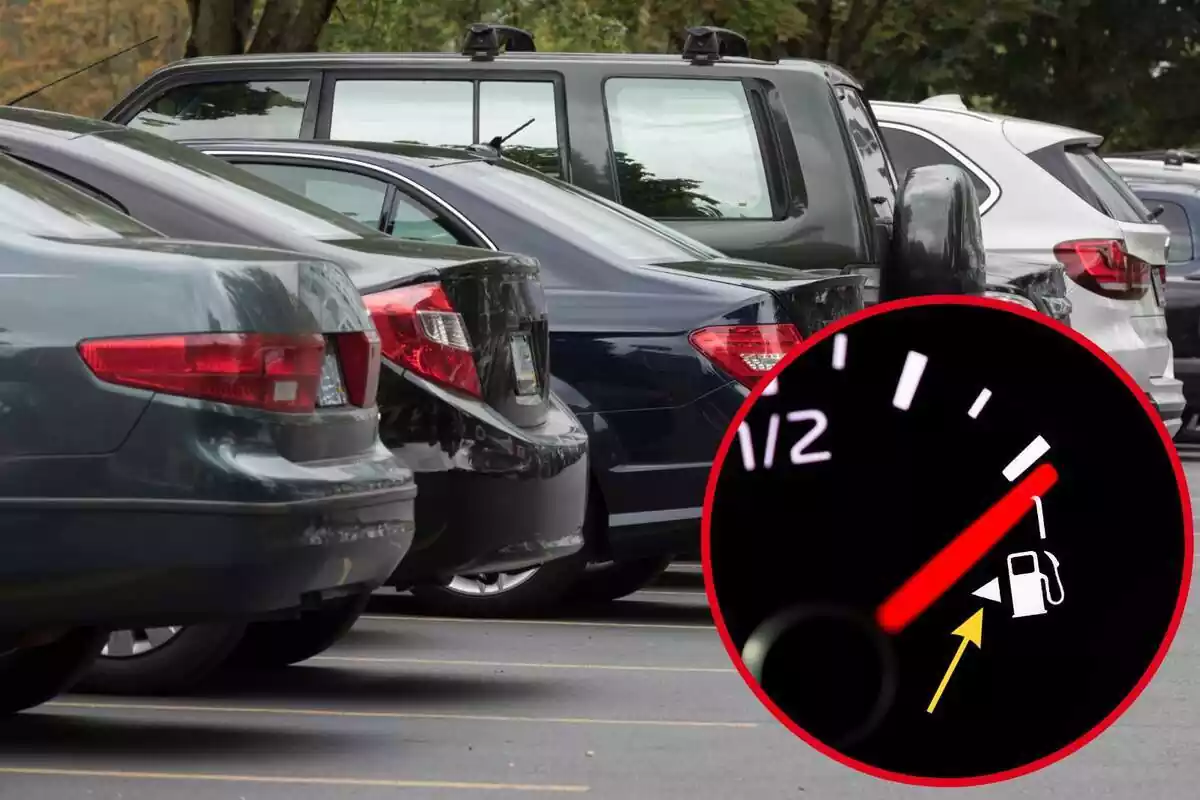Gasoline has been a delicate subject within the U.S. economic system for many years, and on the West Coast this pattern is much more pronounced. What was once small seasonal fluctuations is now turning right into a structural change in provide.
On July 11, the American Vehicle Affiliation (AAA) already reported excessive costs. In California, a gallon value $4.53; in Oregon, $4.01; and in Washington, $4.40. However the worst is but to return.
|
Two closures that may alter the power map
The Vitality Info Administration (EIA) has formally warned that refinery closures will drive up gasoline costs. The Phillips 66 refinery, situated in Wilmington, Lengthy Seashore, will shut on the finish of 2025. It produces about 139,000 barrels per day.
In the meantime, Valero will shut its plant in Benicia, north of California, in April 2026. This refinery processes roughly 145,000 barrels per day. Collectively, they account for 17% of the state’s complete capability.

|
The state of affairs is not remoted. Previously 5 years, manufacturing throughout the whole PADD 5 district (West Coast) has dropped from 17.6 million bbl. (2.8 million) to simply 15.7 million bbl. (2.5 million) per day. The brand new closures additionally imply the lack of 11% of regional capability.
Few options and plenty of obstacles
Specialists agree: changing that manufacturing might be very tough. In response to the EIA, restricted connectivity with different elements of the nation makes it tougher to move gasoline from different areas.
One answer can be to import gasoline from India or South Korea. Nevertheless, that technique has two main issues: tariffs and California’s strict environmental laws. Beginning August 1, 2025, import taxes will improve even additional.
Phillips is making an attempt to offset a part of the loss from its plant in Washington. It isn’t sufficient. “California-grade” gasoline requires very particular specs that few can supply, and those that can, achieve this at very excessive costs.
The EIA acknowledges {that a} interval of nice volatility is coming. The mix of low native manufacturing, excessive import prices, and regulatory obstacles indicators a large worth improve within the coming months and years.
























 Arsenal
Arsenal














































